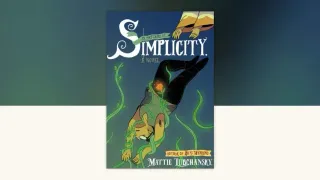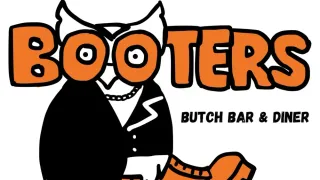
2 hours ago
Labubu is Serving 2025's Hottest Trend
READ TIME: 3 MIN.
Older LGBTQ+ readers may recall the cultural frenzies of Cabbage Patch Kids in the 1980s or Beanie Babies in the 1990s. In 2025, the global toy obsession has a new name: Labubu. Created by Hong Kong-born Belgian artist Kasing Lung and based on characters from his picture-book series "The Monsters," Labubu is a quirky, toothy plush toy that has captured the imaginations of collectors around the world. The toy exploded in popularity after being adapted into a collectible figure line by Chinese company Pop Mart in 2019, but it was this year that Labubu went fully viral, fueled by social media, celebrity endorsements, and a massive secondary market.
For many, especially younger adults, Labubu is not just a toy but a lifestyle accessory. Limited-edition releases, fashion collaborations, and viral "unboxing" videos have made Labubu a status symbol and a key player in the $22.7 billion collectible toy market this year.
The Labubu trend’s resonance within LGBTQ+ communities is especially notable. Historically, queer people have found meaning and connection in pop culture phenomena that foster creativity, nostalgia, and community—think of the embrace of Pokémon, My Little Pony, and other fandoms that allow for expressive self-identity. Labubu, with its playful design and mythological roots, has followed a similar path.
Social media has played a pivotal role in this phenomenon. LGBTQ+ collectors and influencers on Instagram and TikTok have created dedicated spaces to share their Labubu finds, display creative “queer-coded” customizations, and even host virtual meetups. According to culture analysts, these digital communities echo the sense of belonging found in earlier queer fandoms, offering connection across generations and identities.
Labubu’s ambiguous, monster-like design—a creature that is neither human nor animal, neither masculine nor feminine—resonates with many queer people, especially those who have felt “othered” or outside the mainstream. Some LGBTQ+ fans have described Labubu as “nonbinary-coded” or “queer-coded,” highlighting the character’s ability to embody multiple identities and expressions without being confined to a singular narrative.
Artist Kasing Lung has spoken about drawing inspiration from Nordic mythology and storytelling traditions that celebrate misfits and outsiders, which has further endeared Labubu to those who have experienced marginalization. The toy’s success has also led to collaborations with queer artists and designers, some of whom have created limited-edition Labubu accessories or “pride” editions in rainbow colors.
With the rise in popularity has come a booming—and sometimes problematic—secondary market. Counterfeit Labubu dolls, dubbed “Lafufus,” have appeared in major cities, prompting warnings from both consumer advocates and community leaders about scams and low-quality imitations. For LGBTQ+ collectors, especially those seeking authentic pride-themed versions or supporting queer artists, it is recommended to purchase only from reputable retailers or verified community sellers.
Labubu meetups, both in-person and virtual, have become new spaces for LGBTQ+ socializing—mirroring the way queer people have historically carved out affirming spaces in unexpected places. Organizers have hosted “Labubu pride swaps” and displayed custom dolls at Pride festivals, where the toy serves as a symbol of joy, resilience, and creative self-expression.
For older LGBTQ+ people, the Labubu craze may seem at first like just another youth-driven fad. But its popularity is rooted in familiar themes: finding belonging, embracing difference, and using creativity as a means of self-affirmation. For those interested in connecting with younger generations, collecting Labubu—or simply sharing in the community events—can be a bridge across age, experience, and identity.
As the Labubu trend continues to grow, it serves as a reminder that, in queer culture, even a plush toy can become a powerful symbol of joy and connection.






